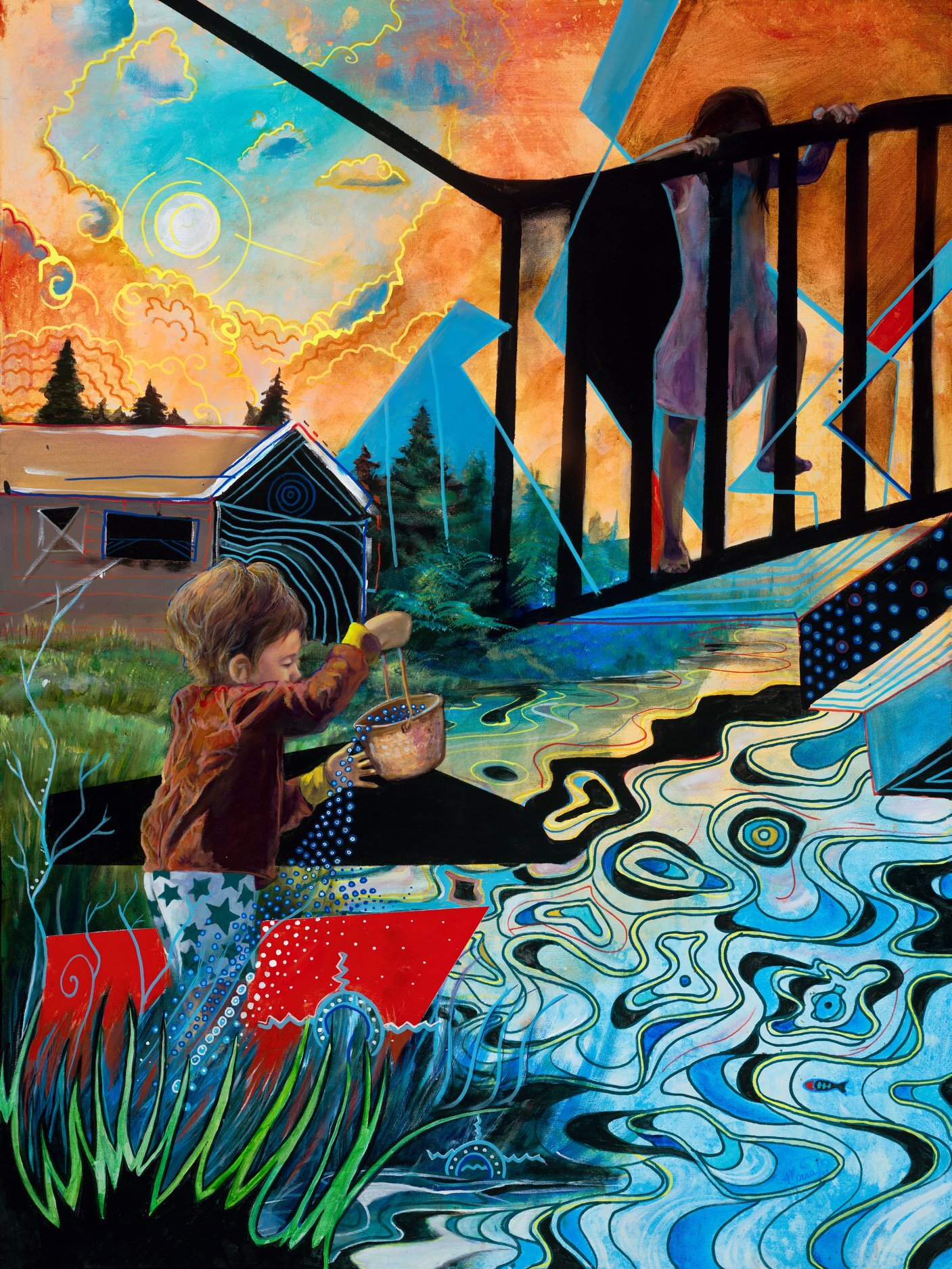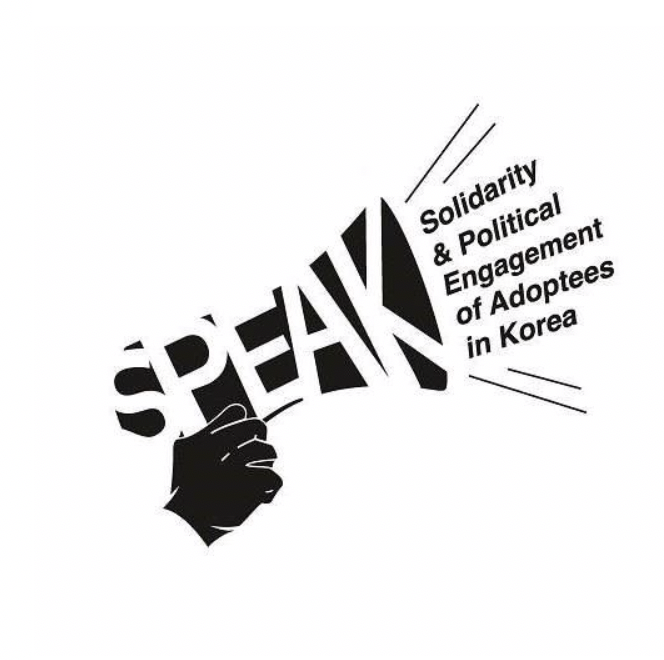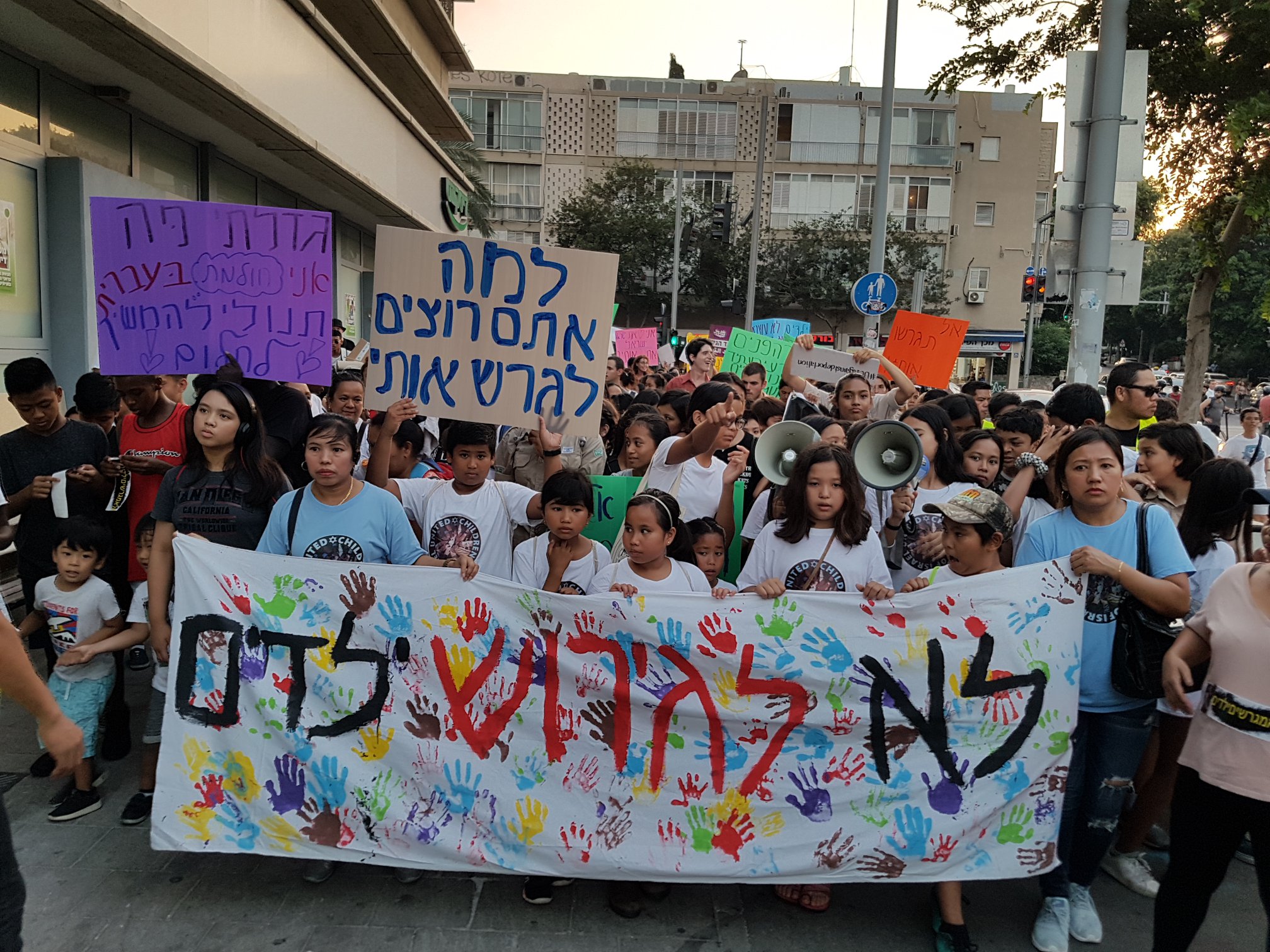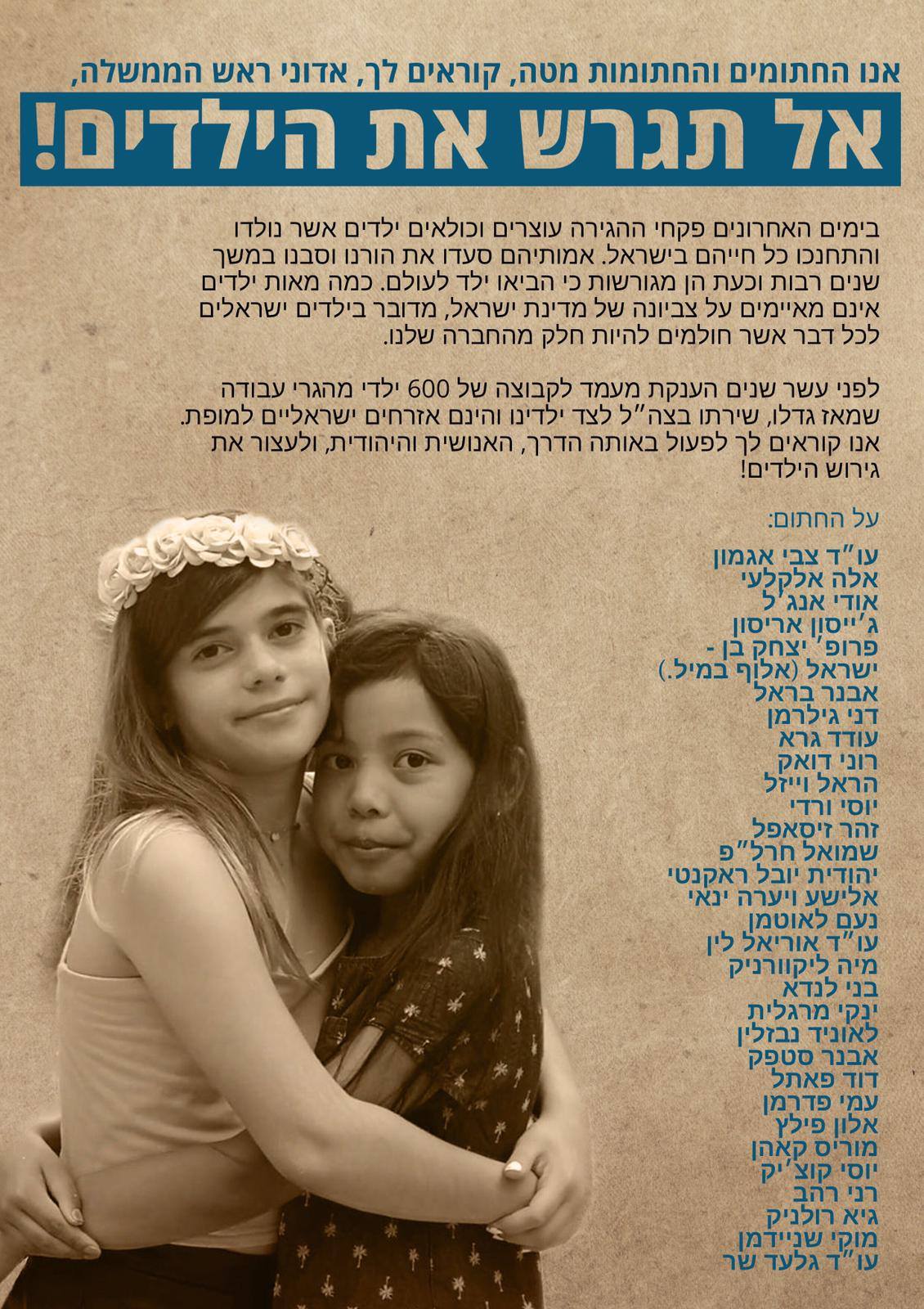[Kaxlan tzij/ Español abajo]
Sign your name here.
We write this letter as Maya Peoples, activists, and scholars who have been historically displaced from our ancestral homelands and countries to publicly denounce the United States, Mexican and Guatemalan governments for their inhumane treatment and oppressive policies toward our people. In particular, we express our outrage against the outright disregard of our Maya children and youth seeking asylum and refuge in the United States. Since December 2018, five Maya children have died under the custody of the U.S. Department of Homeland Security at the U.S.-Mexico border, and one under the custody of the Mexican immigration officials in Mexico City.
Jakelin Caal Maquin (Maya Q’eqchi’ Nation, 7 years old), died of a bacterial infection on December 8. Felipe Gomez Alonzo (Maya Chuj Nation, 8 years old), died from flu complications on Christmas Eve. Juan Leon Gutierrez (Maya Ch’orti’ Nation, 16 years old), died from a brain infection caused by an untreated sinus infection, on April 30,. Wilmer Josue Ramirez ( 2 ½ years-old) from the town of Chiquimula, which is Ch’orti’ Maya territory, died from pneumonia on May 14. The next day, a ten-year-old girl from Guatemala — whose name is not yet known — died at an immigration detention center in Mexico City. Carlos Hernández (Maya Achi Nation, 16 years old), died from influenza on May 20., Claudia Patricia Gomez Gonzalez (Maya Mam Nation, 20 years old), was shot and murdered by a border patrol agent in Texas after crossing the border on May 23, 2018.
The United States, Mexican, and Guatemalan governments’ violent and inhumane treatment of our people resulted in these high profile deaths, but countless number of children suffer violent acts and continue to die as they journey to the United States. As Maya people, we ask ourselves: How many more children must die before the U.S., Mexican, and Guatemalan governments realize that this is a crisis specifically affecting Indigenous children and youth? When will these governments take responsibility for their domestic and international human rights violations that have resulted in these tragic deaths? When will the United States offer humane solutions for Indigenous asylum seekers, given that the conditions they escape are a direct result of historic and ongoing U.S. intervention in our ancestral homelands?
Maya Peoples are the majority in Guatemala. Since the formal end of the Guatemalan Civil War (1960–1996), in which the state engaged in genocide and adopted terrorist tactics to eliminate Indigenous Peoples, we have faced extraordinary challenges due to the fact that by nearly every social, cultural, economic, spiritual, and physical measures our communities and families have been uniquely and negatively impacted. The Guatemalan government, through its implementation of neoliberal economic reforms, has created a humanitarian crisis that in particular, has affected Maya Peoples. The high levels of corruption and impunity by high-ranking officials has contributed to state-sponsored violence and repression, and the lack of funding for social services, hospitals, and education has also contributed to these injustices. In addition, while transnational gangs have become a growing concern, the government’s response to this issue has only worsened conditions by militarizing our lands and territories, targeting our traditional government structures, civil society, criminalizing young people, and leaving crimes against girls and women unpunished. Maya women and children, explicitly Indigenous children, are the most victimized and impacted by these oppressive and violent tactics.
Moreover, it is in our ancestral lands and territories where transnational corporations and extractive industries operate. These extractivist industries have created environmental damage and degradation that has resulted in water contamination that has led thousands to flee. Indigenous leaders fighting for the defense of our ancestral lands and territories, and those who contest and challenge these policies, are criminalized, incarcerated, persecuted, and murdered. In addition, many people have to deal with drug trafficking, gang violence, and extortion, which leaves people with no option other than to sell their land and migrate — seeking refuge in the United States. The impacts of climate change exacerbate the injustices we and our people face in our traditional lands and territories. Many farmers have lost their crops due to a decrease in precipitation and rainfalls, and increased droughts.
As indigenous peoples and nations, we face racism, discrimination, violence and death in our homelands, forcing many of us to flee. However, instead of understanding these conditions, Maya people are met with inhumane treatment, virulent racism, human rights violations, and death at the Guatemala/Mexico and U.S./Mexico borders, all of which constitute a violation of the United Nations Declaration on the Rights of Indigenous Peoples (UNDRIP). The U.S. Custom and Border Protection Agency has reported that since October of 2018, over 44,000 unaccompanied minors, and over 248,000 family units (parent/caretaker and child) have been apprehended and detained. Considering that Indigenous Peoples are the majority in Guatemala, and that there are 68 distinct indigenous Nations in Mexico, and that Indigenous Peoples are present in other Central American countries, we strongly believe that many of the children and family units coming from these countries, are Indigenous and need distinct migration laws. Tragically, they are being denied the basic human right to ask for and obtain asylum.
The Guatemalan, Mexican and the United States governments must be held accountable for the deaths of our children. Impunity for their deaths is not an option and we demand justice for their families, as well as a humane solution to a crisis that is the direct result of neoliberal economic policies of these countries.
Contrary to society’s erroneous assumptions, as Maya Peoples, activists, and scholars in diaspora, we make important contributions to our respective countries of origin by not only sending remittances that are the bedrock of Central American and Mexican economies, but also paying taxes in the countries we have now made our homes. Therefore, we demand:
An immediate stop to family separations, and an immediate reunification of children with their parents or caretakers
The immediate end of the detention of children
An exhaustive, fair and transparent investigation clarifying the deaths of Maya migrant children
An investigation and prosecution of officials who have violated Maya children’s human rights
The resignation of immigration officials in charge of the detention centers where these children died
The end of contracting privatized detention centers
The end of inhumane and torture tactics while in detention such as solitary confinement and placing people in “iceboxes” (hieleras)
Complete medical attention to migrants and asylum seekers
The complete and full respect of the rights of asylum seekers
Provision of and access to indigenous and Maya language interpreters to asylum seekers in accordance with Executive — — Order 13166 and the United Nations Declaration on the Rights of Indigenous Peoples, in particular Art. 13
An immediate stop on detained children being fostered or adopted by U.S. families
A dialogue with leaders of the Maya diaspora for the development of humane immigration policies
Mayab’ Scholars and Activists in Diaspora:
Gio B’atz’ (Giovanni Batz). Maya K’iche’ from Los Angeles, CA. PhD in Social Anthropology.
Floridalma Boj Lopez, Maya K’iche’, Assistant Professor in Sociology, California State University, Los Angeles
Juanita Cabrera Lopez, Maya Mam Nation, Quetzaltenango & Washington, D.C.
Gloria E. Chacón ( Maya Ch’orti’ origin), Associate Professor, University of California, San Diego
Daniel Hernandez, Wīnak: K‘iche‘, Tz‘utujil, Mam, Kaqchikel, Doctoral Candidate, Te Whare Wānanga o Tāmaki Makaurau, Aotearoa.
Jessica Hernandez, Binnizá-Zapotec & Ch’orti Maya, Doctoral Candidate, School of Environmental and Forest Sciences, University of Washington
Emil Keme (aka Emilio del Valle Escalante), Maya K’iche, University of North Carolina at Chapel Hill.
Vicenta Lopez Mateo, Maya Q’anjob’al, MSW Candidate, USC Suzanne Dworak-Peck School of Social Work
Carla Osorio Veliz, Maya Tzotzil from Los Angeles, CA and Eugene, Oregon. PhD student in Geography at University of Oregon
Ana Ramirez, Maya Akateka, Doctoral Student, University of North Carolina at Chapel Hill.
Jesse Ramirez, Maya Akateko, Undergraduate Student, Princeton University
Emilio Vicente, Maya K’iche’, Immigrant Rights Activist
Yesenia Pedro Vicente, Maya Q’anjob’al, University of North Carolina at Chapel Hill






![Siblings [left], Mother and Daughter [right], by Moira Villiard](https://images.squarespace-cdn.com/content/v1/5409165ce4b020fb2b163b62/1583258326209-0SFG7ZURRFXFRG5HUZJT/received_2930666746996722.jpg)









































